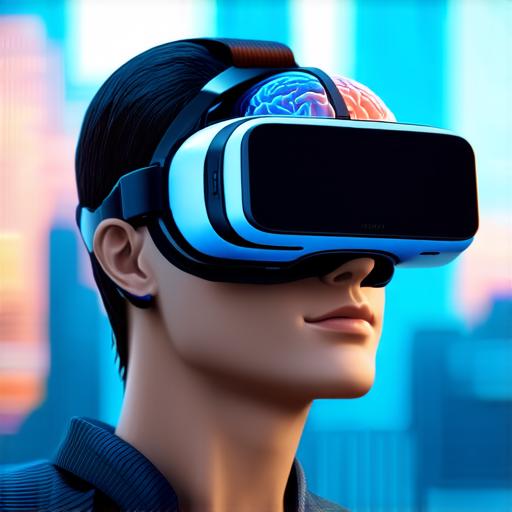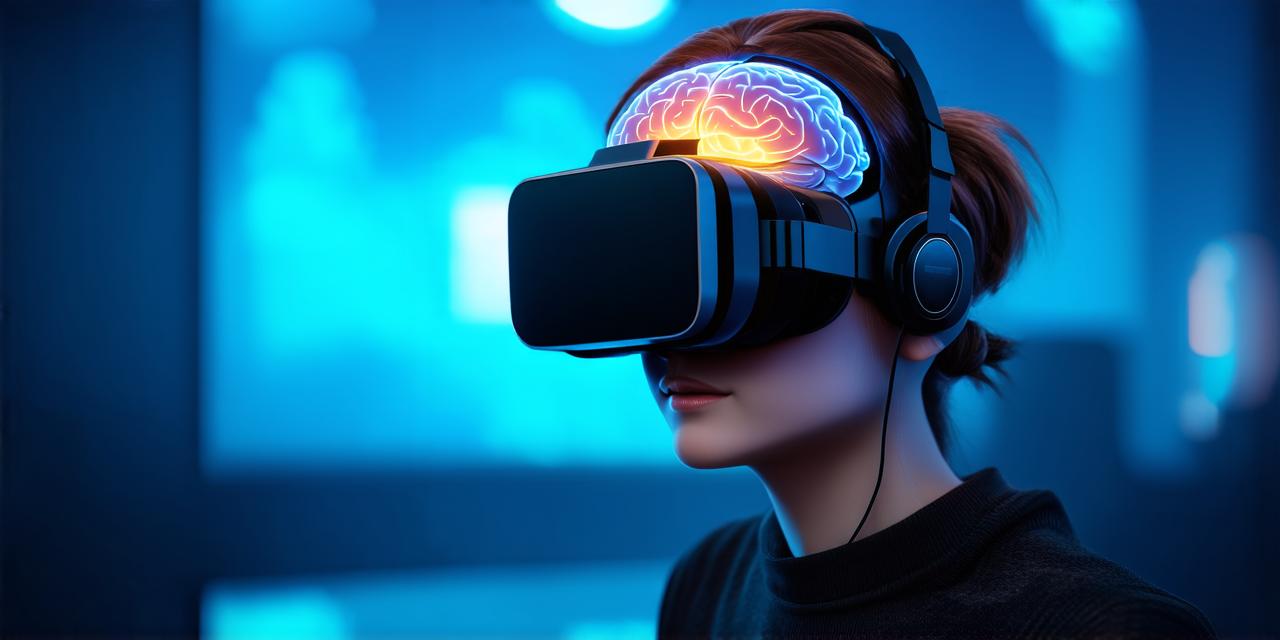Virtual reality (VR) technology has been rapidly advancing in recent years, and its application in the field of therapy has been increasingly explored. There are several types of therapy that commonly utilize VR technology to enhance their effectiveness and provide a more immersive experience for patients.
1. Exposure Therapy

Exposure therapy is a type of therapy used to treat anxiety disorders, such as phobias and post-traumatic stress disorder (PTSD). It involves gradually exposing the patient to the feared or traumatic stimulus in a controlled environment, with the goal of reducing anxiety and desensitizing the patient to the stimulus. VR technology can be used to simulate these environments and provide a safe and controlled space for exposure therapy to take place.
2. Cognitive-Behavioral Therapy (CBT)
CBT is a type of therapy used to identify and change negative thought patterns and behaviors that contribute to mental health issues. VR technology can be used in CBT to create virtual scenarios that allow patients to practice and modify their behavior in a safe and controlled environment. This can be particularly useful for treating anxiety disorders, phobias, and substance abuse.
3. Pain Management
VR technology has also been used in pain management therapy, particularly for patients with chronic pain conditions. By creating virtual environments that distract from pain, VR technology can help reduce the perception of pain and improve overall well-being.
4. Trauma Therapy
Trauma therapy involves helping patients process and overcome traumatic experiences, such as abuse or natural disasters. VR technology can be used to simulate these experiences in a controlled environment, allowing patients to confront and work through their trauma in a safe and supportive setting.
5. Physical Rehabilitation
VR technology has also been used in physical rehabilitation therapy, particularly for patients with limited mobility or those recovering from injuries. By creating virtual environments that mimic real-world scenarios, VR technology can help patients improve their balance, coordination, and overall physical function.
In conclusion, virtual reality technology is being increasingly utilized in a variety of therapies to enhance their effectiveness and provide a more immersive experience for patients. From exposure therapy to pain management and trauma therapy, VR technology has the potential to revolutionize the way we approach mental health treatment.
